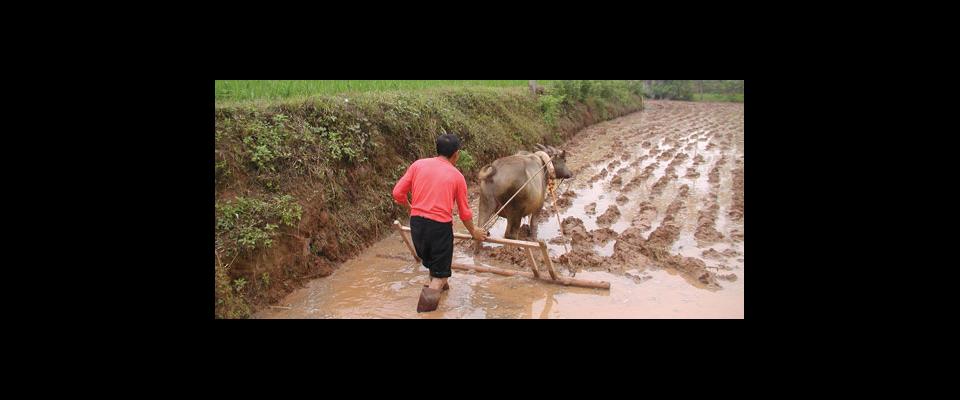Engineering a solution to China’s public health problems
In the 1990s, Professor Robert Spear of Berkeley’s School of Public Health first witnessed China’s struggle to eradicate an infectious parasite known as a blood fluke. Chinese health officials focused on curing the resulting disease but failed to eradicate the blood fluke. Spear concluded that medical treatment alone could not solve the problem, and turned to his engineering background to analyze how the environment was causing people to get sick.
This particular blood fluke, a microscopic worm called Schistosoma japonicum, affects 200 million people globally, a number that grows as 800,000 more Chinese are infected each year. The waterborne parasite enters people’s veins through the skin and either goes unnoticed for the first few months or triggers an acute fever and general malaise. Without chemotherapy, shistosomiasis can cause serious health problems including anemia, cognitive impairment, and intestinal bleeding.
Spear concentrated his efforts in rural areas such as the villages in the Sichuan Province, where infection rates are highest. He quickly realized how agricultural practices helped spread the disease. Farmers fertilize their crops with human waste contaminated with the blood fluke’s eggs. Once in freshwater, the eggs hatch and the larvae infect a common snail found near irrigation canals. When the larvae reach the next stage of development, they leave the snails and again enter the water, where they wait for a warm-blooded host to come along.
To determine how often people are exposed, Spear and his team used GPS technology to precisely locate snail populations and land development that was changing the local hydrology (newly built dams can increase the risk of infection). The scientists also handed out vests equipped with GPS locators to determine how often the villagers came in contact with contaminated water. Previous studies had relied on personal diaries and recollection.
Spear and his group found that making just two changes in the agricultural system would interrupt the blood fluke’s life cycle. First, they demonstrated that waste treatment, through large sealed tanks acting as anaerobic digesters, effectively kills the eggs before they enter the fertilizer. Next, the team demonstrated that lining irrigation ditches with concrete creates an inhospitable environment for snails and prevents blood flukes from developing into their free-swimming form.
Spear’s mathematical models, based on his group’s fieldwork, project that a combination of chemotherapy and environmental interventions can eradicate the disease. Today his group is one of the few still implementing GPS mapping, genetic analysis, and mathematical models to solve China’s parasite problem. The next step would be to incorporate his environmental solutions into part of China’s rural infrastructure. However, development in China continues at breakneck speed, with little regard to Spear’s findings. Until the connection between environment and disease is widely accepted, Spear and his group will continue investigating and advocating their public health solutions.




















